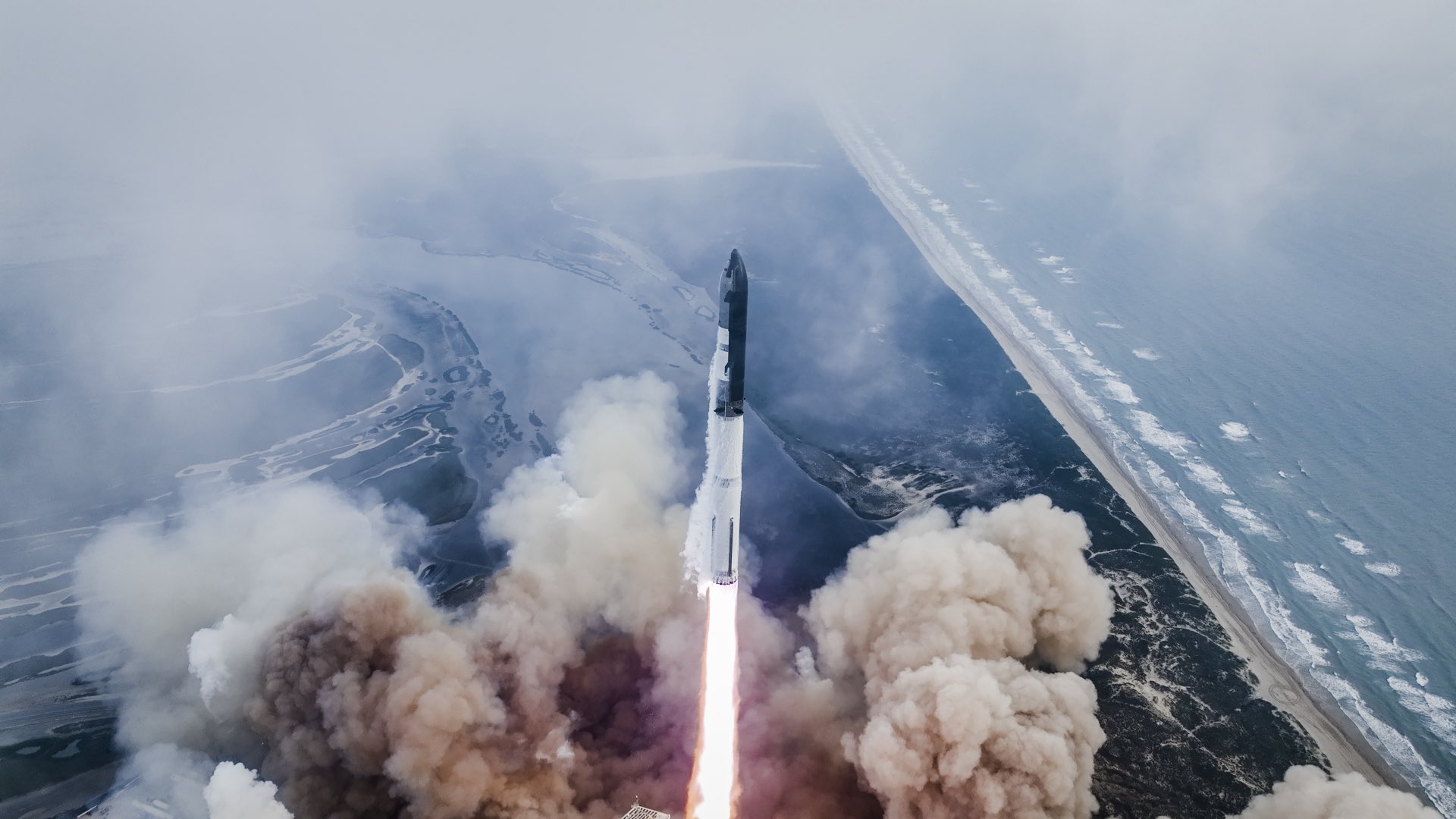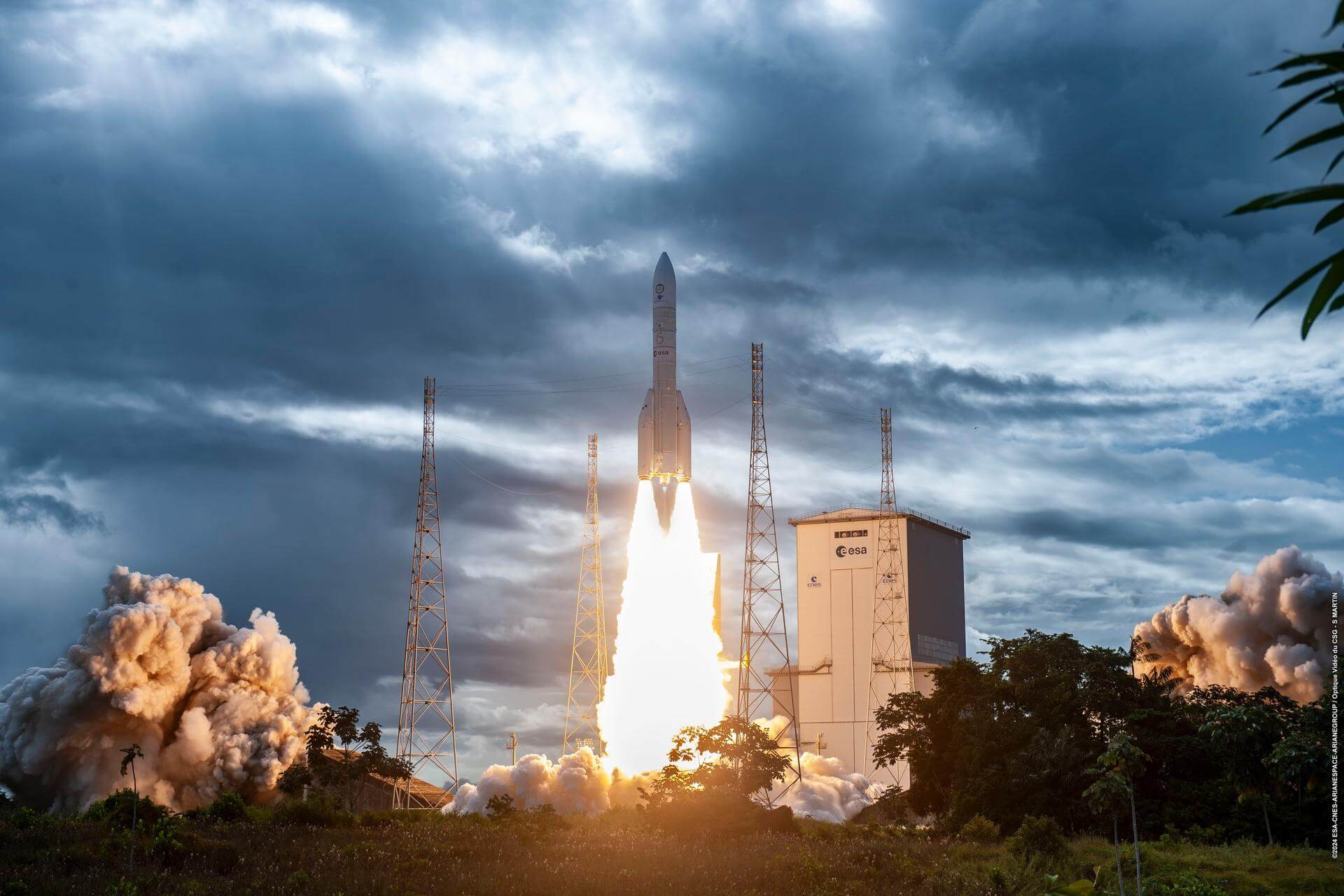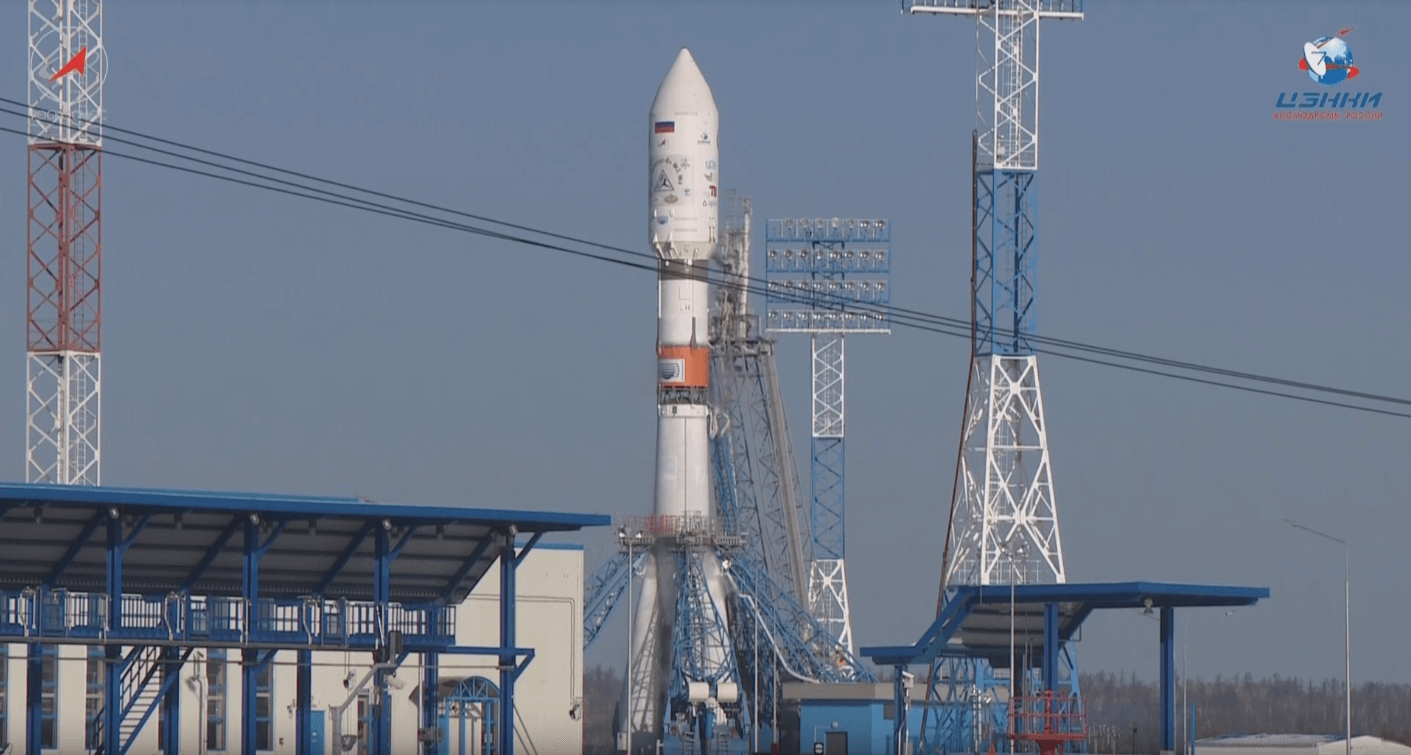· space brief · 6 min read
Space Brief 14 May 2025
Today's edition covers China's latest launches in their classified satellite programs, ongoing discussions in the U.S. Senate on missile defense, and the ever-escalating space debris crisis threatening national security.

📄Top Stories
China is advancing in satellite technology with the recent launches of classified TJS and Yaogan satellite series. Meanwhile, the U.S. Senate is actively bolstering national defense through new initiatives, and growing concerns about space debris represent a significant challenge to both security and sustainability in orbit.
📰Detailed Coverage
China Expands Classified Satellite Capabilities
In a strategic move, China has successfully launched two new sets of satellites belonging to its classified TJS and Yaogan series over the past weekend. The Yaogan series, in particular, is known for its role in remote sensing, contributing to China’s electromagnetic environment detection capabilities. These launches demonstrate China’s ongoing commitment to strengthening its space infrastructure against a backdrop of global competition.
The deployment of these satellites highlights the importance of satellite tracking, particularly for countries and organizations monitoring space activity for both civilian and defense purposes. Our web app provides detailed tracking features of such classified satellites, crucial for maintaining situational awareness.
Read the full story: SpaceNews
Senate Champions Missile Defense with New ‘Golden Dome Caucus’
The U.S. Senate has formed the ‘Golden Dome Caucus’ to advocate for an enhanced national missile defense shield. This initiative, originating during the Trump administration, aims to protect the nation from modern threats but faces challenges such as technological limitations and financial constraints.
The caucus demonstrates a proactive stance on national security, emphasizing the necessity of strong defense systems in orbit. With geopolitical tensions rising, the development and deployment of comprehensive defense systems remain a priority for U.S. policymakers.
Read the full story: SpaceNews
Space Debris: A Growing National Security Concern
The proliferation of space debris remains a critical issue, with over 100 million debris objects currently tracked in Earth’s orbits. Incidents involving debris, such as those seen near Poland and the Turks and Caicos, raise alarms over the potential for damage to vital infrastructure and the safety of space operations.
The potential threat posed by space debris to both manned and unmanned missions is substantial. Increased international cooperation and policy development are essential to mitigate these risks. Continued advancements in tracking and debris management will be critical to address this challenge effectively.
Read the full story: SpaceNews
Orbit Fab Bolsters Advisory Board with Military Expertise
Orbit Fab, renowned for its innovative “Gas Stations in Space” concept, has strengthened its advisory board by appointing two distinguished USAF Major Generals, enhancing its focus on national security and space operations. This move aims to leverage military expertise to advance their propellant depot initiatives in orbit.
By integrating seasoned space command veterans, Orbit Fab enhances its strategic posture in contributing to sustainable and secure space logistics. This development exemplifies the intersection of space technology and defense, highlighting Orbit Fab’s role in shaping future space operations.
Read the full story: SpaceWar
New Appointment in U.S. Air Force Leadership
The Senate has confirmed Troy Meink as the Secretary of the Air Force, a decision received with bipartisan support. Meink’s experience, notably as the deputy director of the National Reconnaissance Office, positions him to lead future initiatives in military space operations and technology development.
His leadership is expected to bring a strategic focus to enhancing U.S. capabilities in both offensive and defensive space operations, reflecting broader national security priorities in outer space.
Read the full story: SpaceNews
🛰️Satellite Spotlight
- Satellite Name: TELKOM 1
- NORAD ID: 25880
- Launch Date: August 12, 1999
- Mission: TELKOM 1 is a communication satellite that facilitates telecommunication and broadcasting services.
- Orbit: GEO (Geostationary Orbit)
- Operator: TELK
- Fun Fact: TELKOM 1 was one of Indonesia’s first geostationary communication satellites, playing a crucial role in expanding telecommunication access across the archipelago.
Track this satellite in real-time on our web app: Track TELKOM 1
🌌Space Weather
Space weather conditions are currently quiet.
R0 - S0 - G0
Next 24 Hours: In the next 24 hours, satellite operations will generally be unaffected, as there is no risk of radio blackouts or solar radiation storms. Geomagnetic conditions are also stable, with no G1 (Minor) or greater geomagnetic storms expected. In fact, no significant transient or recurrent solar wind features are forecasted. Operators should be aware that the greater than 10 MeV proton flux is anticipated to hover around the 10 MeV warning threshold on May 14, currently valid under an S1 Warning until 14/1200 UTC. There is a slight chance for R1-R2 (Minor-Moderate) radio blackouts occurring between May 14 and May 16, which could impact satellite communication users temporarily.
Beyond: Looking ahead, from May 12 to June 7, 2025, solar activity is expected to be predominantly low, though there may be varying chances for M-class flare activity. Fortunately, no proton events are anticipated at geosynchronous orbit, which is good news for satellite operators. Expect moderate levels of the greater than 2 MeV electron flux at geosynchronous orbit from May 6 to May 28, and again on June 6-7. High levels are predicted from May 29 to June 5 as coronal hole high-speed stream (CH HSS) influences become stronger. Geomagnetic activity is forecasted to reach minor storm levels from May 28 to June 1 under negative polarity CH HSS influences, with active levels likely on May 13, June 2, and June 6. Unsettled conditions are expected on May 12, 14, and during the periods of May 18-21, as well as June 2 and June 5. The outlook suggests quiet levels on May 15-17 and May 22-26, which will help reduce drag impacts on low Earth orbit (LEO) satellites.
Stay informed to ensure your operations remain optimized during these varying space weather conditions!
🚀Upcoming Space Launches
May 14
-
SpaceX Falcon 9:
- Starlink Group 6-67 from Cape Canaveral Space Force Station, FL, USA (16:38 UTC) A batch of 28 satellites for the Starlink mega-constellation - SpaceX’s project for space-based Internet communication system.
-
Gilmour Space Technologies Eris-1:
- Maiden Flight from Bowen Orbital Spaceport (21:30 UTC) Maiden flight of Gilmour Space’s orbital launch vehicle Eris.
May 15
- LandSpace Zhuque-2E:
- Unknown Payload from Jiuquan Satellite Launch Center, People’s Republic of China (04:04 UTC) Details TBD.
May 16
- SpaceX Falcon 9:
- Starlink Group 15-5 from Vandenberg Space Force Base, CA, USA (13:00 UTC) A batch of satellites for the Starlink mega-constellation - SpaceX’s project for space-based Internet communication system.
May 17
- Rocket Lab Electron:
- The Sea God Sees (iQPS Launch 2) from Rocket Lab Launch Complex 1, Mahia Peninsula, New Zealand (08:15 UTC) Synthetic aperture radar Earth observation satellite for Japanese Earth imaging company iQPS.
May 18
- ISRO PSLV-XL:
- EOS-09 (RISAT-1B) from Satish Dhawan Space Centre, India (00:00 UTC) RISAT-1B provides all-weather SAR observation capability for various applications including military surveillance.
May 20
-
SpaceX Falcon 9:
- Starlink Group 12-15 from Cape Canaveral Space Force Station, FL, USA (03:40 UTC) A batch of satellites for the Starlink mega-constellation - SpaceX’s project for space-based Internet communication system.
-
SpaceX Falcon 9:
- Starlink Group 11-16 from Vandenberg Space Force Base, CA, USA (21:42 UTC) A batch of satellites for the Starlink mega-constellation - SpaceX’s project for space-based Internet communication system.
May 21
- SpaceX Starship:
- Flight 9 from SpaceX Starbase, TX, USA (23:30 UTC) 9th test flight of the two-stage Starship launch vehicle.
Note: Launch dates and times are subject to change due to technical or weather considerations.

Maurice Stellarski





